The rise of Scotland’s so-called “green lairds” has attracted a great deal of controversy in recent years, as more and more wealthy landowners buy up Scotland’s landscapes for tree-planting carbon capture projects.
As focus increases on how humanity deals with harmful greenhouse gas emissions, the market for Scottish land on which to generate carbon-offsetting vegetation is growing.
However, the debate surrounding this new rush of the rich and powerful to buy up our nation’s rural landscapes has been far from straightforward.
Between terms like carbon credits, carbon sequestering, carbon offsetting and the recently-coined pejorative term “green lairds”, it can seem a difficult and arcane topic to wrap your head around.
We asked former MSP and prolific writer on the subject of land ownership Andy Wightman — author of the book The Poor Had No Lawyers: Who Owns Scotland and How They Got It — to explain his thoughts on a few of these terms and what they mean within the wider context of Scotland’s climate change ambitions.
So what are ‘green lairds’, and where did the term come from?
The scathing moniker of “green lairds” has come to describe those who buy Scottish land to rewild, plant trees and/or restore peatlands, with little care or thought to local communities who live on or near said land.
As far as we can discern, one of the first people to use the term was Highland journalist David Ross, in this P&J column.
Many use the name as a catch-all, negative nickname for all landowners with openly green aspirations.
However, Andy, who lives in Lochaber, says he finds the use of “green lairds” as a phrase “unhelpful for all sorts of purposes because it’s not nuanced”.
He argued it conflates the term laird, “which is an old Scots word that tends to be rather pejorative, and harks back to a time when landowners were paternalistic”, with trying to be green, which Andy said “is of course positive — we want to restore ecosystems, woodlands, wetlands, peatlands and forests.”
Andy explained the phrase “green lairds” could be used to describe a “wide range of individuals” under its umbrella, some who Andy argues are doing the right thing, and some who are not.
He continued: “It covers a wide range of individuals.
“Mr Povlsen the Dane, he started at Glenfeshie and turned that place around, and is restoring the natural forests, so all credit to him.
“His record in the north of Scotland is a little bit more chequered, but his motivations are reasonably benign.
“He cares about nature and wants to restore the natural forest.”
Andy added: “And then you’ve got in the same category speculative investors who are buying land in anticipation that carbon prices will rise, and they’ll be able to make a quick buck.”
What’s carbon offsetting, and what are carbon credits?
One of the largest factors behind the rush for Scottish land for tree planting and restoration of peatland is the increasing importance of what is called carbon offsetting.
Carbon offsetting is absorbing carbon from the atmosphere in order to balance out the harmful carbon emissions generated by an organisation.
This is accomplished through the process of carbon sequestration, and this can be achieved through the creation of vegetation like trees or healthy peatlands, which take in carbon from the air and lock it away as part of their natural lifecycles.
Although many responsible organisations work hard to reduce their volume of emissions at the source, for many there will always be some unavoidable pollution they generate.
They face two options — personally offset their carbon emissions themselves, or pay someone else to do it for them through a system called carbon credits.
Andy said: “Carbon credits is about saying I own land which is capturing carbon through vegetation, such as woodlands or healthy peatland, and selling that amount of carbon to someone else, who is an emitter.
“Like a cement factory in England, for example, may want to offset their emissions so they can say to their shareholders they’re a responsible company because they’re offsetting their emissions.”
He continued: “Let’s say you emit 1,000 tonnes of carbon a year, you then buy a carbon credit from somebody else, a landowner who is sequestering 1,000 tonnes a year.
“And then you claim you’re net zero.”
Arguments against the carbon credit system
Andy believes there are “huge problems” with the carbon credit market.
He argued it can result in companies being more tempted to just pay someone else to deal with their emissions, instead of cutting them down at the source themselves.
“If you’re a very responsible company and you care about your responsibilities, and you’re serious about tackling the climate crisis, then of course you’ll be reducing your emissions.
“But there’s plenty of companies out there who want to make a claim in public for PR reasons — and commercial reasons for green consumers — but they may think it’s too expensive to make the investment in reducing emissions.
“And as long as the cost of reducing emissions is higher than the cost of buying the credits to offset them, then the financial incentive is to buy the credits.”
The land ownership author also argued Scotland has a “very finite capacity to absorb carbon”, and that capacity would be best used to sequester and capture carbon as its primary purpose, “not to offset emissions elsewhere”.
He added: “For a start, the UN has said that offsetting should only be used where you’ve got emissions which cannot be abated, they cannot be reduced in any way.
“So it should only be used in very narrow circumstances.
“Because if you think about it, if I have 100 hectares of woodland here, and I’m capturing 1,000 tonnes of carbon a year, and I sell those credits to the cement factory that’s emitting 1,000 tonnes — nothing changes in terms of global warming.
“Far better that I be able to continue to sequester those 1,000 tonnes, and far better that the cement factory reduces its emissions.”
Why has the Scottish Government created multi-million pound grants for tree planting?
The Scottish Government has grants available, where landowners can get cash in exchange for planting trees or restoring peatland on their land to capture carbon.
It is part of the government’s goal to secure net zero emissions by 2045.
Depending on the scale of land being used, these grants can be worth a great deal.
For example, a £3.2 million grant of public money was won by the owner of Cambusmore Estate to plant more than a million trees.
The scheme was hailed as the largest of this century when it was given the green light in December 2020, with the aim of the trees absorbing 50,000 tonnes of carbon by 2045.
That’s the equivalent of emissions from 11,000 cars being driven for a whole year.
But, the estate was sold only a year after the former owner won the £3.2m grant.
The SNP is considering tighter rules on its grants for tree-planting and peatland restoration, by ensuring only local landowners can access them.
The Scottish Land Commission says the Scottish land market is “experiencing exceptionally high demand and low supply”, and that “emerging carbon and natural capital value is an increasing factor”.
Brewdog’s tree-planting grant
Another high-profile user of the grants is Aberdeenshire beer giant Brewdog, which now owns the Kinrara estate as part of its own “Lost Forest” carbon offsetting project and its ambitions to go carbon-negative, which is when a business absorbs more carbon than it emits.
The company was criticised for taking the grants, but co-founder James Watt told the P&J he thinks this criticism is “completely unfair”.
He argued: “The project is going to cost in the region of £15 to £20m.
“The grant funding is in the region of £1m, so about 5% of the project is grant-funded.
“That grant is available to any individual, any company looking to plant trees.
“So for us not to take the grant to the value of 5% of the project when it was available, and when the grant is specifically designed for this type of project, I don’t see why we wouldn’t do it.”
How exactly does carbon capture work? Do you just plant trees and hope for the best?
As trees grow, they take carbon dioxide from the atmosphere and use it to grow bark, trunks, roots and branches.
Depending on the species, trees can ‘lock’ away carbon safely where it can’t contribute to climate change.
But, consideration must be given for what happens to the trees once they’ve absorbed all the carbon they can in their lifetimes.
If the wood is burned, then carbon is re-released back into the atmosphere.
But if it is used for building things or other similar purposes, it remains safely out of the atmosphere.
Andy said it’s all very well for landowners to talk about how many trees they’ve planted, but their longer-term plans for the timber grown on their land is just as important.
He said: “We need to think about the whole life cycle.
“Is it actually good for a woodland to have no thinning and no felling for 100 years? I would answer no.
“If you’re planting fast-growing conifers, they’ll be mature at 40 years.
“Far better to fell that, mill it, and build a house with it.
“So long as that house is there, the carbon is locked away.
“And even when that house is knocked down in 60 years, the timber could be recycled.”
As well as planting trees, landowners seeking to capture carbon also work to restore peatlands, which can also act as a powerful tool in keeping carbon locked away and out of the atmosphere when they are not degraded.
Find out more about peatland restoration, tree planting and carbon capture here:
- Why peatland restoration workers in Scotland’s largest bog hold the key to carbon emissions cuts
- Brewdog’s James Watt says they won’t be ‘green lairds’ of their Lost Forest estate
- New plans for tree planting and peatland restoration near Clachnaben
- Dr Andrew Cameron: We need to plant more trees in Scotland
- ‘Green lairds’: Survey tipped to reveal true impact on rural land market
And you can find out more about Andy Wightman’s writing on land ownership here on his blog and website.
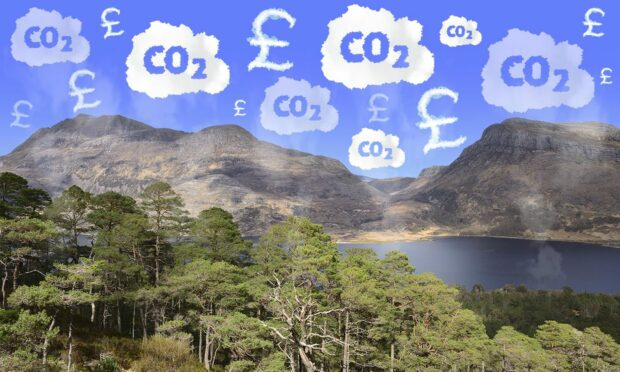
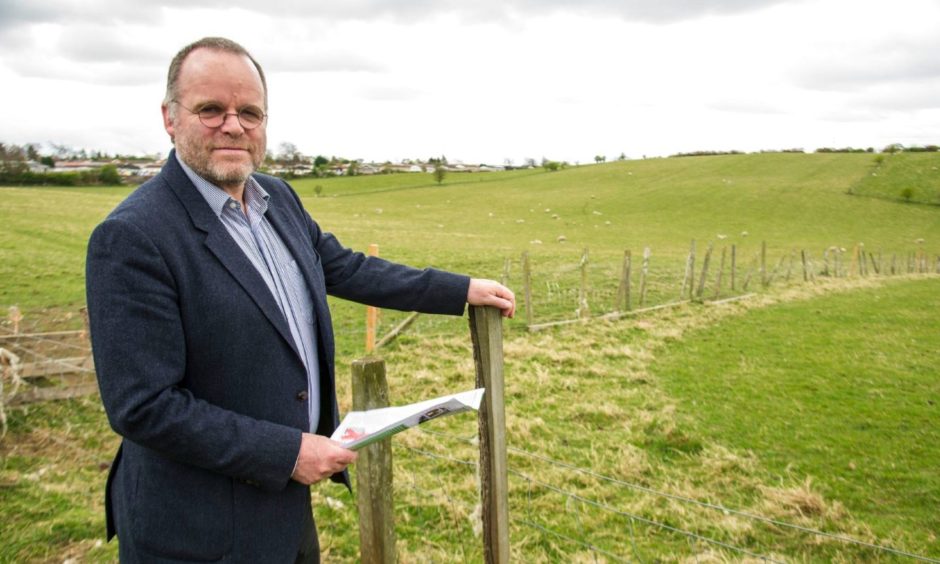
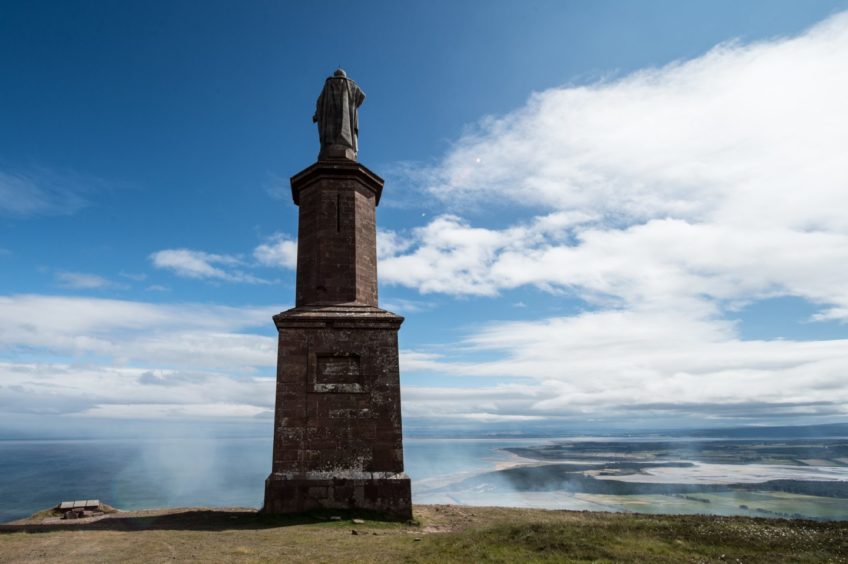
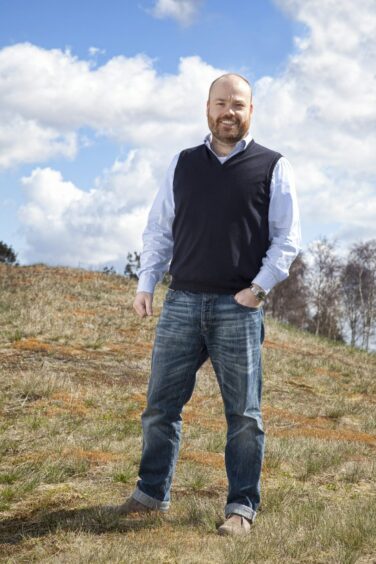
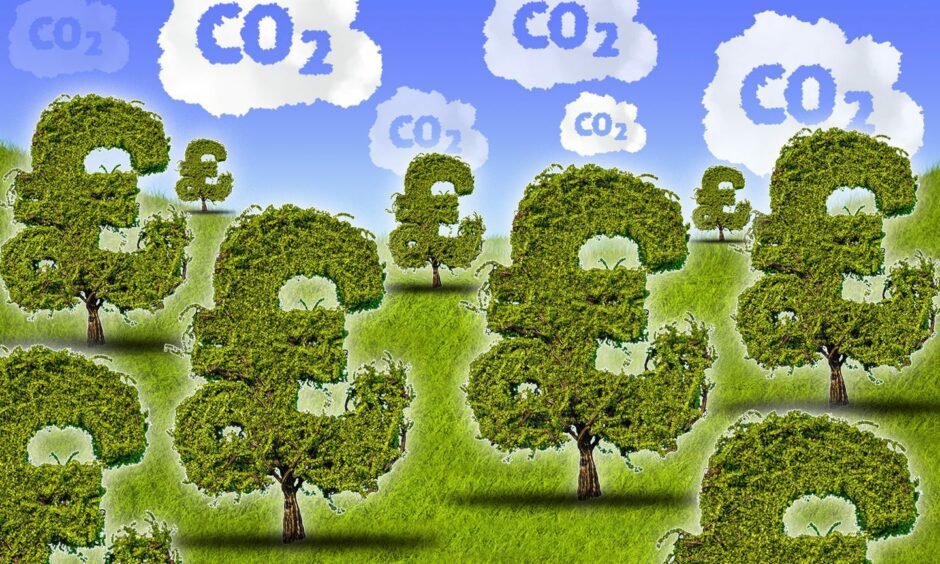
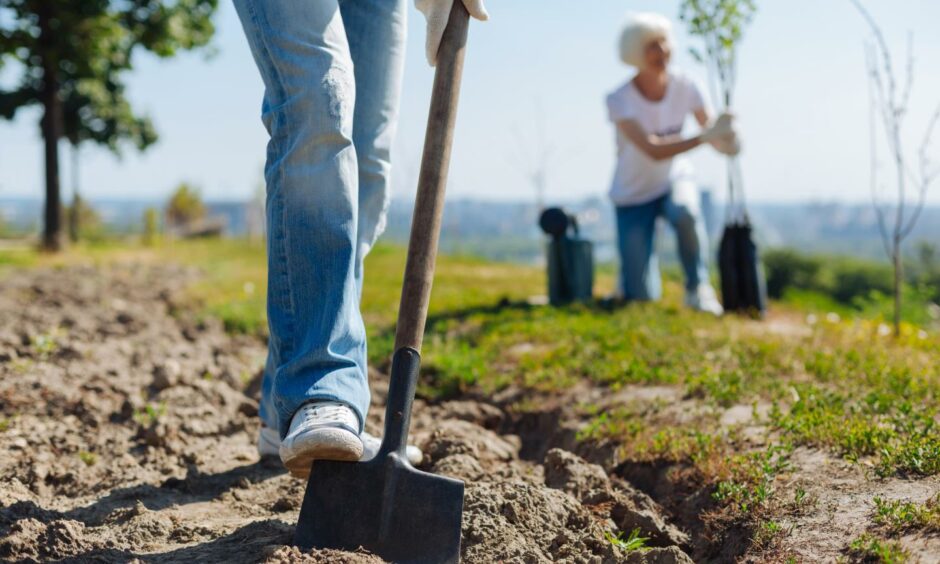
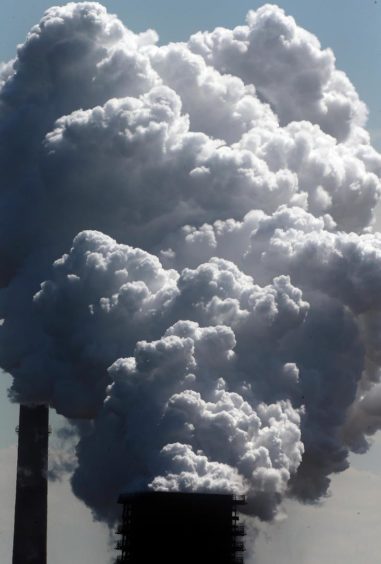
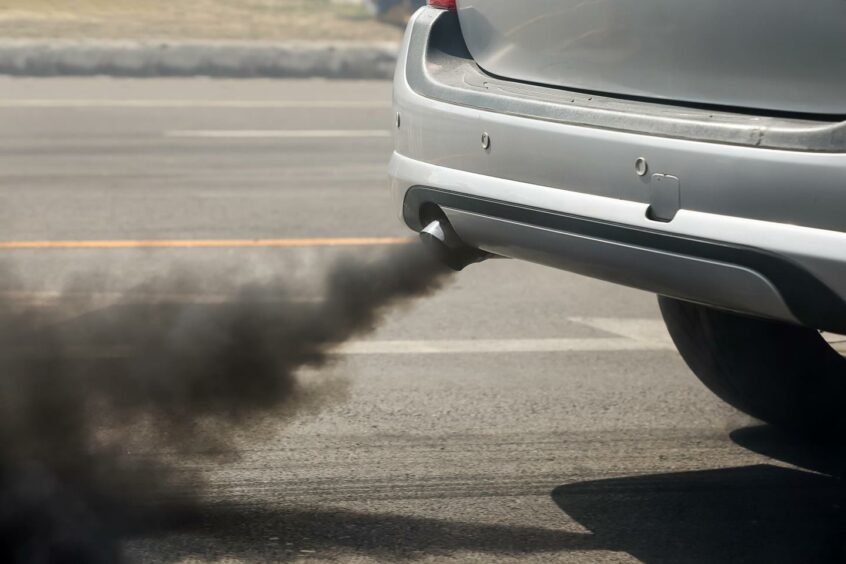
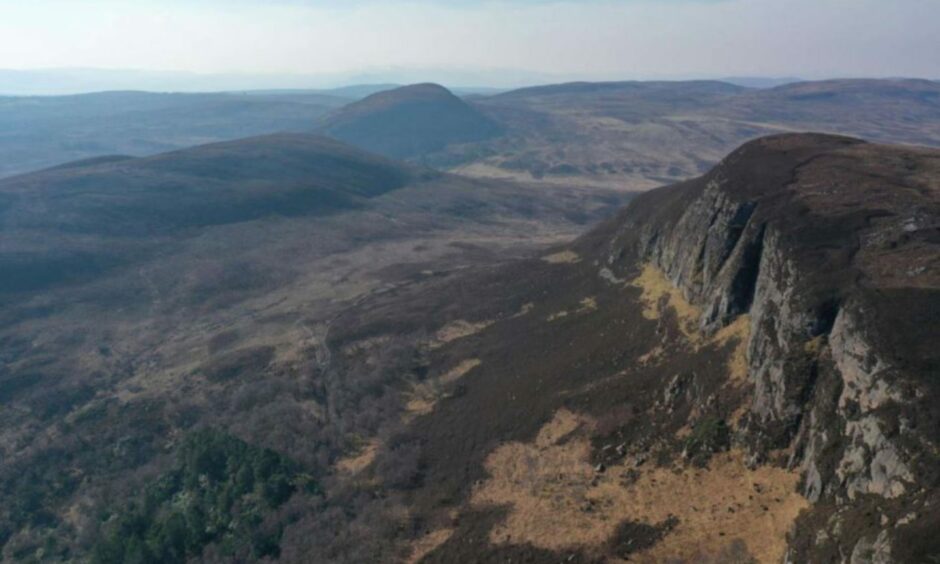
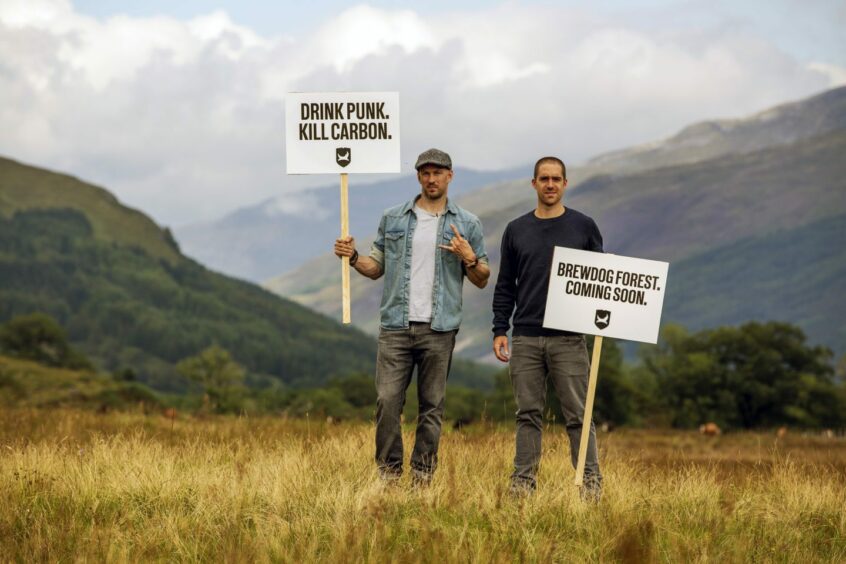
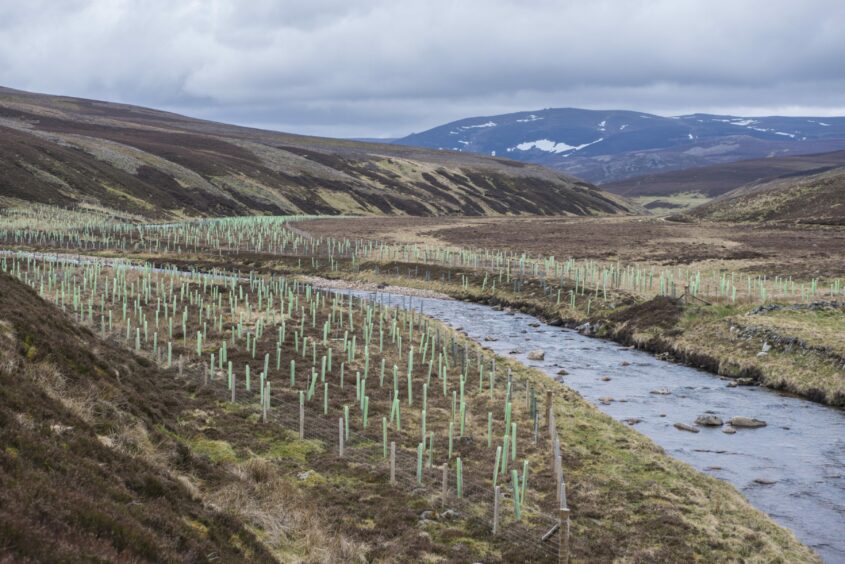
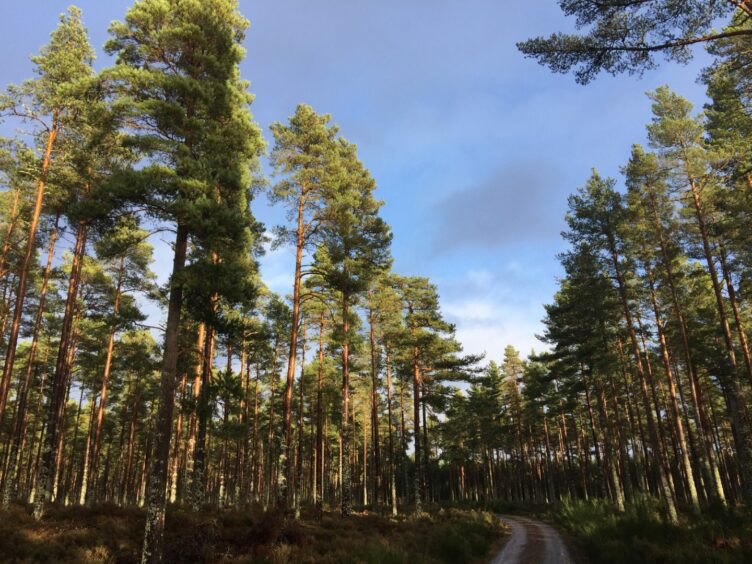










Conversation